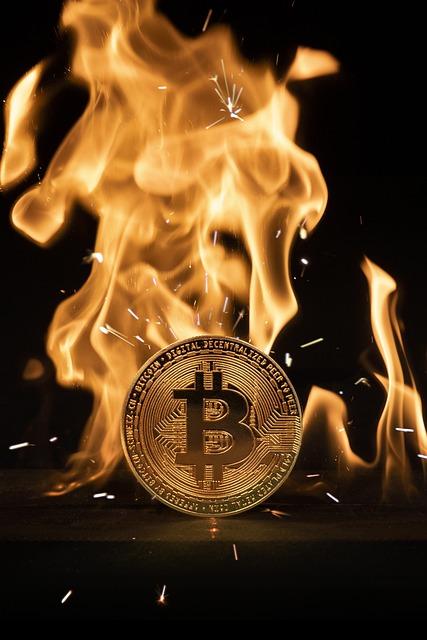Cryptocurrencies have been gaining momentum over the years and have created a new financial ecosystem. One of the unique features of cryptocurrencies is the ability to perform a coin burn, which is a process of permanently removing coins from circulation. In this blog, we will explore what coin burn is and how it works in the cryptocurrency system.
What is Coin Burn?

Coin burn is a process of permanently removing coins from circulation. The coins are destroyed and are never recoverable. The term coin burn originated from the traditional method of destroying paper currency. In cryptocurrencies, coin burn is done by sending the coins to an address, which is a wallet with an unspendable private key. This means that the coins are still visible on the blockchain but cannot be accessed by anyone.
Why do Cryptocurrencies Burn Coins?
There are various reasons why cryptocurrencies burn coins. Here are some of the most common reasons:
- To control inflation – Coin burn reduces the number of coins in circulation, which makes the remaining coins more valuable. This is similar to a stock buyback, where a company reduces the number of outstanding shares to increase the value of the remaining shares.
- To increase scarcity – Burning coins can make a cryptocurrency more scarce, which can increase demand and the value of the remaining coins.
- To reward holders – Some cryptocurrencies burn coins as a way to reward their holders. This is usually done by giving a portion of the transaction fees collected to the holders of the coins.
- To eliminate unwanted coins – Coins that are no longer needed or have been used for illegal activities can be burned to remove them from the blockchain and the cryptocurrency ecosystem.
How Coin Burn Works in the Cryptocurrency System
Coin burn works differently for different cryptocurrencies, but the general process involves sending the coins to an address with an unspendable private key. Let’s take a closer look at how coin burn works for two popular cryptocurrencies – Bitcoin and Ethereum.
Bitcoin Coin Burn
Bitcoin does not have a direct coin burn mechanism, but the coins can be burned indirectly. When someone sends bitcoins to an address that does not have a private key, the coins are essentially lost forever. This is because there is no way to access the private key and spend the coins. According to research by Chainalysis, over 3.7 million bitcoins have been lost or stolen, which represents over 20% of the total supply.
Ethereum Coin Burn
Ethereum has a more direct coin burn mechanism. The Ethereum network has a built-in function called selfdestruct, which allows the owner of a contract to destroy it and send any remaining ether to an address with an unspendable private key. This function was designed to help developers clean up the blockchain by removing contracts that are no longer needed. However, it can also be used to burn ether.
Conclusion
Coin burn is a process of permanently removing coins from circulation in the cryptocurrency system. The reasons for burning coins include controlling inflation, increasing scarcity, rewarding holders, and eliminating unwanted coins. The coin burn process works differently for different cryptocurrencies, but the general process involves sending the coins to an address with an unspendable private key. While coin burn may seem counterintuitive, it can have a positive effect on the value and viability of a cryptocurrency.


